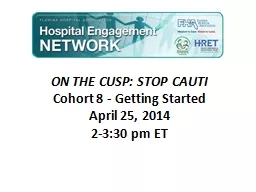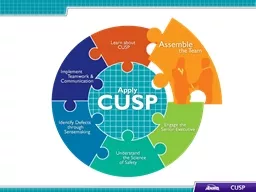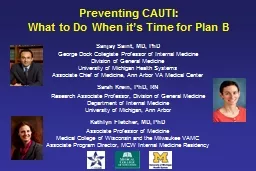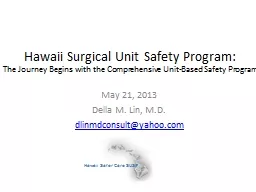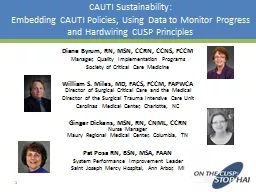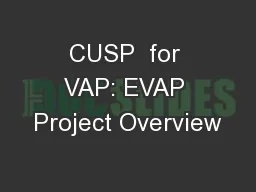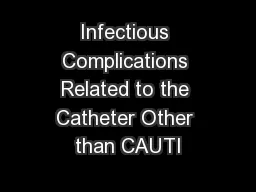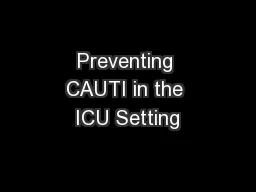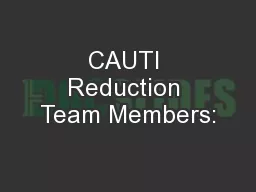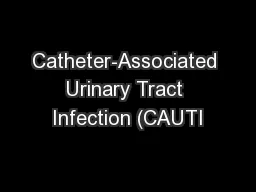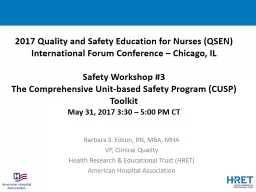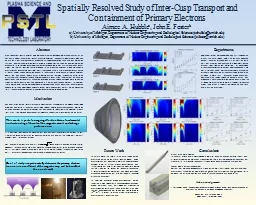PPT-ON THE CUSP: STOP CAUTI
Author : sherrill-nordquist | Published Date : 2017-12-15
Cohort 8 Getting Started April 25 2014 2330 pm ET 1 Agenda Why Work on CUSPCAUTI On the CUSPStop CAUTI Overview Cohort 8 CUSP CAUTI Prevention Data Reporting
Presentation Embed Code
Download Presentation
Download Presentation The PPT/PDF document "ON THE CUSP: STOP CAUTI" is the property of its rightful owner. Permission is granted to download and print the materials on this website for personal, non-commercial use only, and to display it on your personal computer provided you do not modify the materials and that you retain all copyright notices contained in the materials. By downloading content from our website, you accept the terms of this agreement.
ON THE CUSP: STOP CAUTI: Transcript
Download Rules Of Document
"ON THE CUSP: STOP CAUTI"The content belongs to its owner. You may download and print it for personal use, without modification, and keep all copyright notices. By downloading, you agree to these terms.
Related Documents

